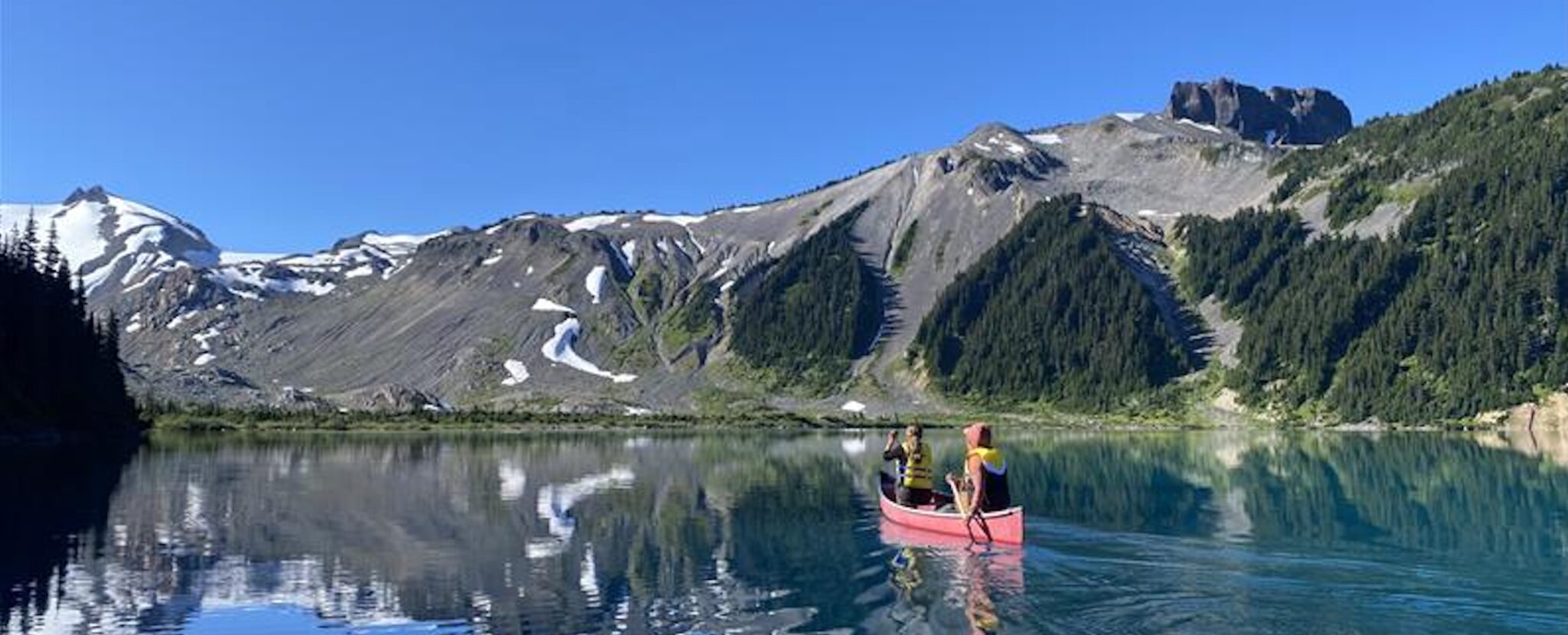Overuse, warming climate put popular alpine ecosystems at risk
September 15, 2025

BC’s Coast Mountains—also known as Vancouver’s playground—are gaining popularity among people striking out in search of nature. But are outdoor visitors actually hurting the ecosystems that they love?
A team of researchers led by the University of Victoria (UVic) is partnering with the Squamish Nation and BC Parks to investigate this under-studied area, which many fear is increasingly overused.
“Recreational activities affect water quality, plant community composition and wildlife behaviour, which have led to conflicts over shared use,” says Noémie Boulanger-Lapointe, UVic assistant professor, geography.
Mountain ecosystems are vulnerable to warming temperatures causing accelerated loss of glaciers as well as cold-adapted plant and animal species. At the same time, backcountry traffic in coastal areas like Squamish and Pemberton has increased, researchers say.
Boulanger-Lapointe is leading the Alpine Horizons research initiative that will provide new information supporting the conservation of these ecosystems, while balancing the benefits for users. In collaboration with the Squamish First Nation and BC Parks, the project team’s intention is to develop an assessment tool to help with mountain-use decisions.
“The goal of this partnership is to co-develop integrative assessment tools that will be used by partner organizations to make evidence-based decisions regarding the management of natural resources, the protection of natural habitats, Indigenous stewardship practices and geo-hazard risk management in mountain systems,” Boulanger-Lapointe says.
